We kindly suggest that you read the entire , as with it we try to give you detailed technical and historical information to ensure the authenticity of our objects.
Valuable Chinese porcelain baluster vase; it was handcrafted in kaolin clay; on the sides of the funnel-shaped neck it has two handles molded in cobalt blue, on the right handle the cobalt color during firing did not adhere well and the clay underneath can be seen. The baluster is an architectural element in the form of a small column with a generally shaped shaft that is arranged in rows along stairways to form the balustrade that supports the handrail; there are objects that are compared to a balustrade because of their pronounced shape, such as a vase or part of a piece of furniture. On the front of the vase, peony flowers, branches, and leaves have been painted with rare skill. The design, executed entirely by hand, is very detailed, and the convex shape of the vase contributes to giving it a soft and pleasing movement. The back, on the other hand, is devoid of decoration. On the upper rim is the classic red wax seal, which was affixed as a mark of authenticity and guarantee of origin on objects of artistic or historical value, the seal contains Chinese characters indicating the name of the manufacturer and the year of manufacture, unfortunately on our seal these characters are illegible. The vase was made in China during the Qing Dynasty (1644-1911); carefully examining the vase, its shape, craftsmanship, and execution of the designs leads us to say that it was made in the last years of the Dynasty i.e. between 1898 and 1900. The Qing Dynasty was the last Chinese dynasty and its fall in 1912 at the hands of the Xinhai Revolution marked the end of China's bimillennial imperial history and the birth of modern China. We must say, however, that Chinese porcelain craftsmanship reached the peak of its development right during the Qing Dynasty, with more than 100,000 artisans in the industry; porcelains from this era include the "blue and white," wuacai, "sky blue," sunsacaiect... Despite the era, the techniques used to make the two vases, are the same as those used for handicraft production during the Qing Dynasty and even in modern times, owning Chinese porcelain was a source of great pride among the people of China itself as well as the rest of the world. Our vase, with its contrast between blue and white that characterizes it and its slender shape so elegant and full of charm, can be considered a true work of art. The Peony flower (Mudan Hua) is one of the most important flowers in Chinese culture, to the point that during the Qing Dynasty (1644 - 1912) it was proclaimed the national flower. It has been among the most revered in the East for thousands of years as a bringer of good fortune and happy marriage. Showy, lush, and elegant it embodies love and affection, prosperity, honor, valor, nobility of spirit, and, in full bloom, peace. Sweetly scented and long-lasting, called the 'thornless rose' by Europeans, a symbol of romantic romance, it is often used at weddings, in fact, the Peony celebrates the 12th wedding anniversary. The vase is in good condition, on the body there are small rust inclusions due to the iron in the clay ( it takes up to 100 years for this effect to occur!), and on the bottom rim, there is another firing defect, normal things for very handcrafted objects. Measurements diameter cm.22, height cm.42. For all our shipments we use special packaging materials (custom-made wooden crates, styrofoam, etc.) for maximum protection and safety of the objects.
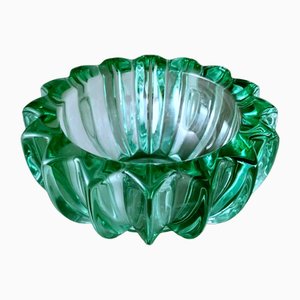
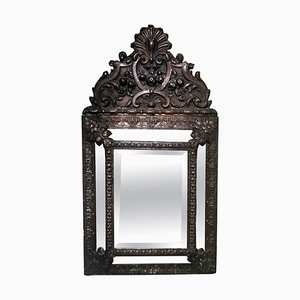

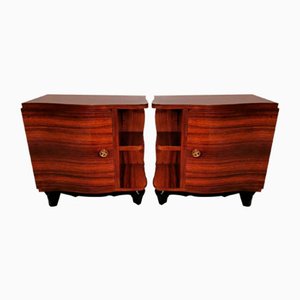
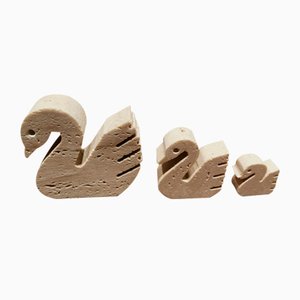
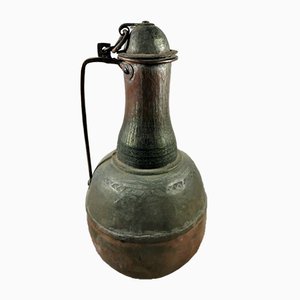
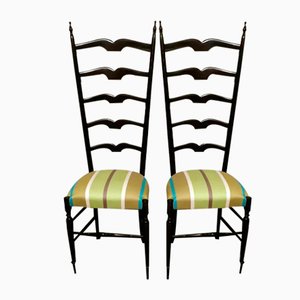
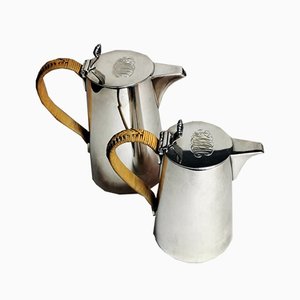
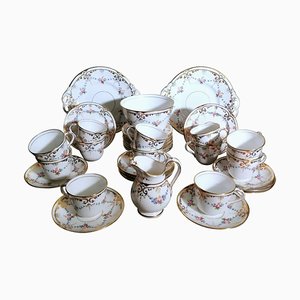
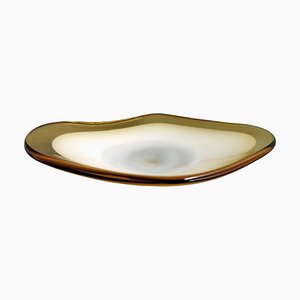

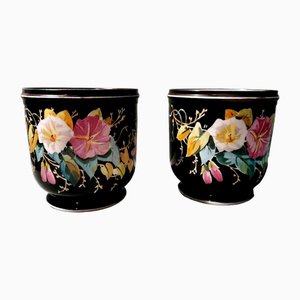
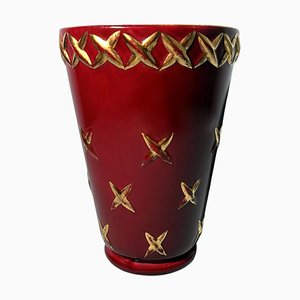
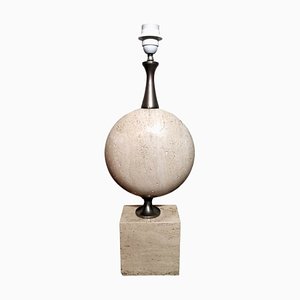

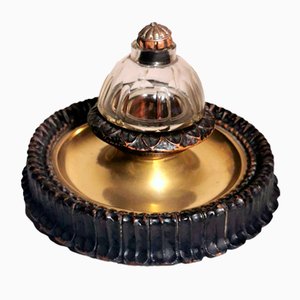


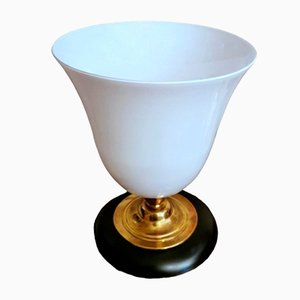
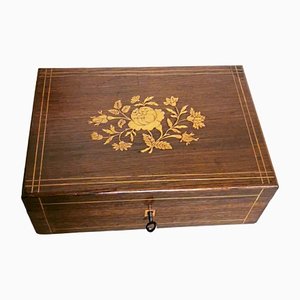
Get in Touch
Make An Offer
We noticed you are new to Pamono!
Please accept the Terms & Conditions and Privacy Policy
Get in Touch
Make An Offer
Almost There!
To follow your conversation on the platform, please complete the registration. To proceed with your offer on the platform, please complete the registration.Successful
Thanks for your inquiry, someone from our team will be in touch shortly
If you are a Design Professional, please apply here to get the benefits of the Pamono Trade Program